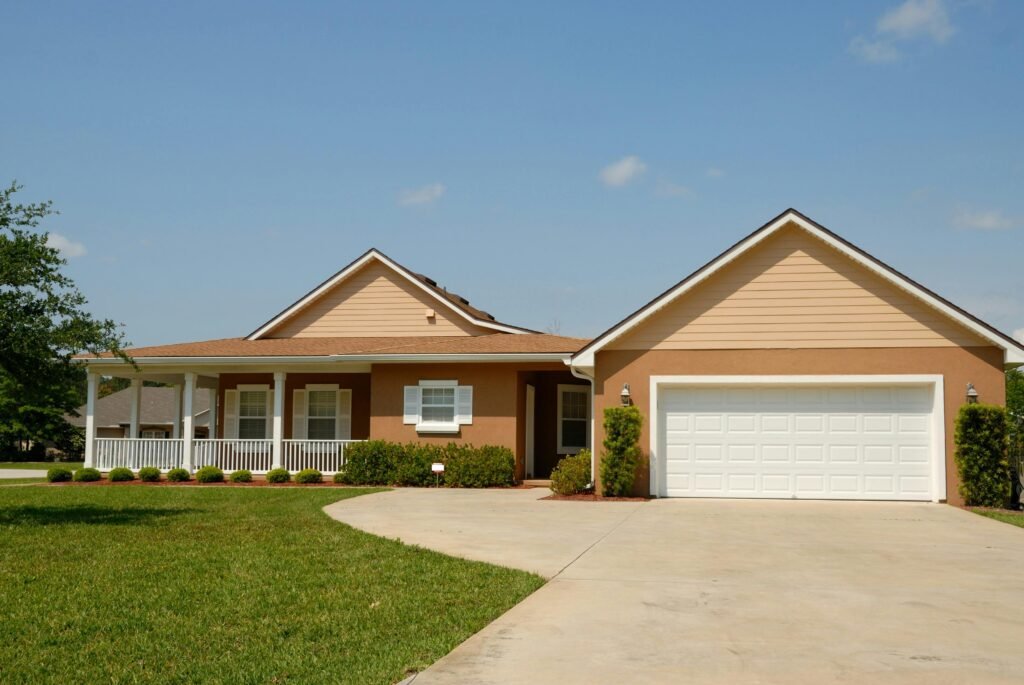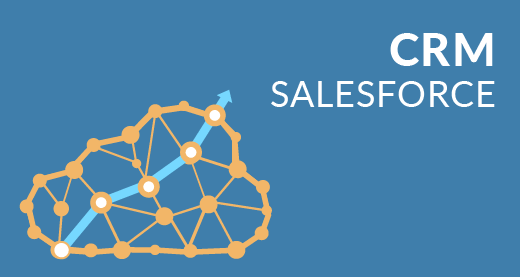Understanding Reverse Mortgage Repayment
Reverse mortgageA reverse mortgage is a type of loan available to homeowners... More repayment is designed for homeowners aged 62 and older, allowing them to access their home’s equity without adding monthly debt. However, like any other loan, reverse mortgages must eventually be repaid.
As long as you live in your home and comply with reverse mortgageA reverse mortgage is a type of loan available to homeowners... More requirements, you don’t need to make monthly payments. The loan, however, becomes due when you pass away, move out, or fail to meet those requirements. In this article, we’ll explore the key repayment options for reverse mortgages and provide insights into repaying a reverse mortgageA reverse mortgage is a type of loan available to homeowners... More early. Keep reading to decide if a reverse mortgageA reverse mortgage is a type of loan available to homeowners... More is a suitable financial solution for your situation.
How Does a Reverse Mortgage Work?
Reverse mortgageA reverse mortgage is a type of loan available to homeowners... More repayment offers homeowners aged 62 and older a way to access home equity without monthly debt obligations. These loans, insured by the Federal Housing Administration (FHA) under the U.S. Department of Housing and Urban Development (HUD), are designed to alleviate financial burdens in retirement while ensuring clear repayment terms.
The most common type is the Home Equity Conversion Mortgage (HECM), though some lenders provide proprietary or jumbo reverse mortgages. Loan proceeds can come as a lump sum, monthly payments, a line of credit, or a mix of these, depending on the reverse mortgageA reverse mortgage is a type of loan available to homeowners... More type. Unlike traditional home equity loans, reverse mortgages require no monthly payments; instead, they allow homeowners to receive funds while living in their homes.
Reverse Mortgage Repayment Options
When it’s time for reverse mortgageA reverse mortgage is a type of loan available to homeowners... More repayment, the method depends on individual circumstances. If homeowners or heirs wish to keep the house, they can either repay the reverse mortgageA reverse mortgage is a type of loan available to homeowners... More balance in cash or refinance it into a new loan with monthly payments. Importantly, FHA insurance ensures the loan balance will never exceed 95% of the home’s appraised value, protecting heirs from owing more than the property’s worth.
Alternatively, selling the house can repay the loan balance, with any remaining proceeds going to the homeowner or their estate. If selling isn’t viable, homeowners can transfer the deed to the lender, settling the debt without additional costs.

When Is a Reverse Mortgage Due?
Reverse mortgageA reverse mortgage is a type of loan available to homeowners... More repayment is triggered in several scenarios:
- The homeowner or co-borrower passes away.
- The home is sold or the borrower permanently moves out.
- Specific requirements—such as paying taxes, insurance, or maintenance—are unmet.
Heirs aren’t obligated to pay the balance but can choose to sell the property or repay the loan to retain the home. If the balance exceeds the home’s value, FHA insurance covers the difference, ensuring financial security for families.
Exiting a Reverse Mortgage Early
If you’re considering ending a reverse mortgageA reverse mortgage is a type of loan available to homeowners... More early, there are viable options:
- Right of Rescission: Within three days of closing, cancel the loan without penalties, and the lender refunds any fees charged.
- Loan Repayment: Pay the loan balance, including accrued interest, in a lump sum or installments, clearing the reverse mortgageA reverse mortgage is a type of loan available to homeowners... More entirely.
- Refinance: Convert the reverse mortgageA reverse mortgage is a type of loan available to homeowners... More into a traditional loan to resume monthly payments, reducing any future obligations for heirs.
Reverse mortgages offer flexibility, but understanding repayment terms ensures a balanced approach to long-term financial planning. Whether accessing funds or planning early payback, a reverse mortgageA reverse mortgage is a type of loan available to homeowners... More can support retirement goals with confidence.
Summary of Our Guide: How Do You Pay Back a Reverse Mortgage?
Reverse mortgageA reverse mortgage is a type of loan available to homeowners... More repayment offers a flexible way for Americans aged 62 and older to access supplemental retirement income while staying in their homes. However, it’s crucial for both borrowers and family members to fully understand how reverse mortgages work before making a commitment.
If you wish to keep the home, the reverse mortgageA reverse mortgage is a type of loan available to homeowners... More must be repaid either by the original borrower or their heirs. Alternatively, if keeping the home isn’t an option, you can sell the property and use the proceeds to pay off the reverse mortgageA reverse mortgage is a type of loan available to homeowners... More balance.
For comprehensive information on reverse mortgageA reverse mortgage is a type of loan available to homeowners... More repayment options and considerations, you can refer to the Consumer Financial Protection Bureau’s guide:
When do I have to pay back a reverse mortgage loan?
This resource provides detailed insights into the repayment process and important factors to consider.




